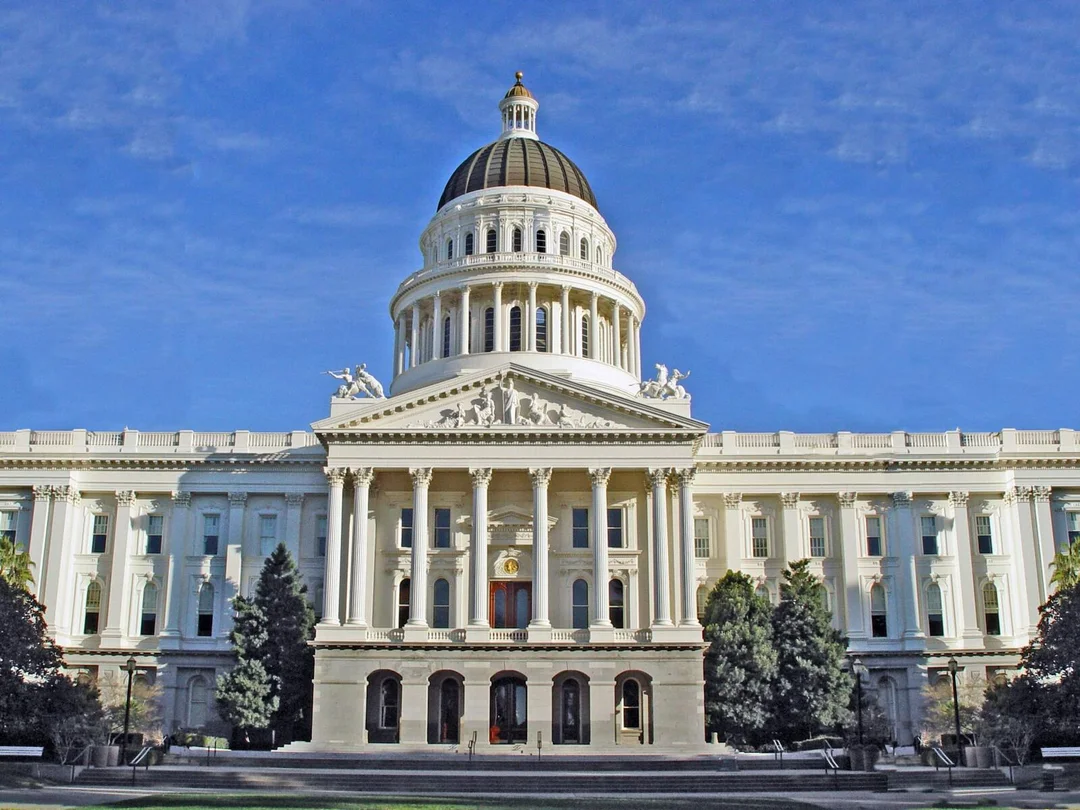
California’s Budget Crossroads: Cuts, Controversies, and the Future of Communities
California is facing a critical fiscal turning point as Governor Gavin Newsom’s proposed budget plan for the coming year draws sharp criticism from lawmakers, policy experts, and local leaders. With billions in cuts and contentious priorities, debate is intensifying over the future of higher education, homelessness programs, and the state’s broader economic stability.
At stake is more than just the state’s financial solvency. The proposed budget slashes $750 million from the University of California (UC) and California State University (CSU) systems and eliminates new funding for essential homeless and affordable housing programs. It also taps deeply into the state’s once robust rainy-day reserves, putting California’s ability to support its most vulnerable populations and young scholars in question.
Senator Christopher Cabaldon (D-West Sacramento), a freshman lawmaker newly overseeing key budget subcommittees, has been vocal about the potential consequences. “I know the budget as currently proposed will translate into fewer instructors and fewer classes for the 460,000 students who attend a CSU campus, and that it will hit Sonoma State the hardest,” he stated after convening a special legislative inquiry. The inquiry aimed to address devastating program cuts, joined by other regional and federal leaders. “Even though most of the Sonoma State retrenchment isn’t due to the proposed state budget cuts, they sure don’t help.”

The controversy extends beyond education. The budget also axes a $1 billion lifeline for the state’s Homeless Housing, Assistance and Prevention Program (HHAP). "HHAP is critical. If we lost it, you’d see more people on the street,” warned Michael Gause, Sonoma County’s Ending Homelessness manager. Cities like Rohnert Park and Santa Rosa have relied on this funding for shelter beds, outreach, and permanent housing support—an infrastructure now at risk.
Beneath these program cuts are deeper structural problems. As California grapples with lingering unemployment—second only to Michigan—and the specter of new economic shocks from global tariffs and wildfire-related expenses, revenue forecasts remain volatile. The most dramatic blow, however, may come from soaring health care costs. California’s expanded Medi-Cal, opened to virtually all low-income residents, has seen costs nearly double in just months—now topping $6.2 billion after maintenance loans and appropriations.
Despite a projected $16.5 billion revenue uptick, lawmakers like Cabaldon argue that the governor’s “upside-down priorities”—including new bureaucratic expansions and targeted business tax breaks—come at the expense of foundational investments. State Senate Republicans, meanwhile, have pushed to restore scholarship funding and enhance frontline services like firefighting, only to see their proposed amendments rejected. "The governor’s cuts to scholarship funding for middle-income students at CSUs and UCs are just one more nail in the coffin for middle-class families in California," Republican Senator Marie Alvarado-Gil stated after her amendment was voted down.
As Newsom prepares to unveil a revised budget, Californians are left weighing tough questions: Can the state sustain its social safety nets and education systems while keeping a balanced budget? Will new economic headwinds force further cuts? At this crossroads, the budget reflects not only the state’s fiscal realities but its values and priorities for the future.
What do you think of California’s budget direction? Share your views and join the conversation below.